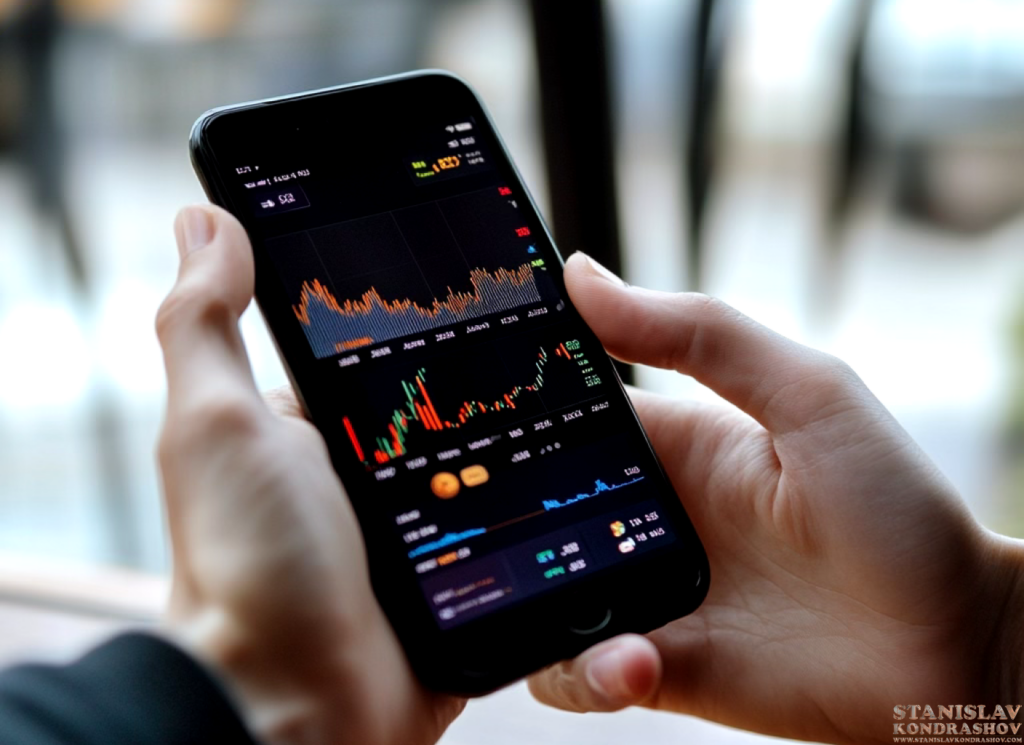The rise of telecommuting has transformed the modern work environment, offering flexibility and convenience to millions of workers worldwide. However, remote work also comes with its own set of challenges, including time management, productivity tracking, and effective collaboration. This is where artificial intelligence (AI) steps in, revolutionizing the way we approach telecommuting by providing tools that streamline work processes, enhance communication, and maximize efficiency.
AI technologies are reshaping the telecommuting landscape by automating repetitive tasks, improving virtual collaboration, and enabling smarter decision-making through data analytics. Whether you’re managing a remote team or working from home, AI is proving to be an indispensable tool in optimizing the work-from-anywhere model.

Automating Routine Tasks
One of the most significant benefits of AI in remote work is its ability to automate time-consuming and repetitive tasks, allowing employees to focus on higher-value activities. Tasks like scheduling meetings, setting reminders, and organizing emails can all be managed by AI-powered virtual assistants. These digital assistants can streamline workflows by automatically scheduling based on availability, sending reminders for important deadlines, and even transcribing meetings. By automating these administrative tasks, AI saves workers valuable time and reduces the mental load associated with task management.
For example, AI-based tools like Google Calendar’s AI scheduling features or Microsoft’s Cortana can coordinate meeting times with team members across different time zones. Similarly, AI-driven email management systems can prioritize urgent emails and flag critical information, ensuring employees stay organized without having to sift through hundreds of messages daily.
Improving Collaboration with AI-Driven Communication Tools
Communication is the backbone of any successful remote team, and AI is playing a critical role in enhancing how teams interact. AI-driven communication platforms, such as Slack, Microsoft Teams, and Zoom, are continuously evolving to offer more than just messaging and video calls. These platforms now integrate AI tools that can transcribe meetings, translate conversations in real-time, and even summarize discussions for those who couldn’t attend.
Natural language processing (NLP) tools powered by AI can analyze team conversations, identify action points, and generate follow-up reminders automatically. This ensures that nothing slips through the cracks and that teams can collaborate effectively, regardless of location. AI-powered chatbots also help answer routine questions from employees, improving the speed and efficiency of internal communication while reducing the workload on HR and IT teams.
Additionally, AI enhances collaboration through tools that enable real-time file sharing, virtual brainstorming, and project management, all while ensuring data security. AI algorithms can analyze workflow patterns to recommend optimal times for collaboration, helping teams stay productive without overwhelming individuals with constant notifications.

Enhancing Productivity with AI Analytics
AI is not just about automating tasks—it’s also about making remote work smarter. With the use of advanced analytics, AI systems can track productivity, identify bottlenecks in workflows, and suggest strategies for improvement. This data-driven approach gives both employers and employees better insights into how time is being spent, where inefficiencies lie, and what changes can be made to enhance overall performance.
For instance, AI platforms like Time Doctor or Hubstaff can monitor how long employees spend on various tasks, offering detailed reports on productivity. These tools can help remote workers improve their time management by highlighting tasks that take too long or identifying distractions that could be minimized. In a non-invasive manner, AI helps workers become more self-aware of their working habits and make necessary adjustments.
At an organizational level, AI can help managers allocate resources more efficiently by analyzing project timelines and employee workloads. For instance, AI tools like Asana or Trello use machine learning algorithms to prioritize tasks, assign team members, and predict project completion times. These insights help managers make informed decisions that align with company goals while ensuring that team members are not overburdened.
AI for Enhanced Remote Work Security
One of the key concerns for companies embracing telecommuting is ensuring data security and maintaining compliance with regulatory standards. Remote work often exposes organizations to security risks, as employees access sensitive information from various devices and locations. AI is crucial in addressing these vulnerabilities, offering solutions that protect company data and maintain the integrity of virtual work environments.
AI-powered cybersecurity tools can detect unusual patterns in user behavior, flag potential phishing attacks, and prevent unauthorized access to sensitive files. Tools like Darktrace or Cisco’s AI-driven security platforms continuously monitor network traffic and identify anomalies in real-time, protecting against external threats and internal breaches. Moreover, AI-based systems can automate security updates and ensure that all devices in a remote network are secure, allowing companies to maintain high standards of data protection even in a decentralized work environment.

Personalized Work Experience with AI
AI in telecommuting is not just about boosting productivity and security—it also enhances the overall work experience by providing personalized solutions tailored to each individual’s needs. AI algorithms can adapt to an employee’s working style, offering personalized recommendations on how to manage tasks, when to take breaks, and how to maintain a healthy work-life balance.
For example, AI-driven health apps can monitor a remote worker’s stress levels, screen time, and daily routines to suggest wellness tips. This helps workers avoid burnout and remain engaged with their tasks. AI can even personalize training and development opportunities, recommending courses or upskilling programs based on an employee’s performance data and career goals.
Additionally, AI virtual assistants can optimize personal productivity by helping workers set achievable goals, break down complex projects into manageable tasks, and maintain a schedule that maximizes focus during peak productivity hours.
The Future of AI in Remote Work
The future of telecommuting is undoubtedly intertwined with AI advancements. As companies continue to adopt flexible working models, AI will play an even larger role in shaping how we work, communicate, and collaborate remotely. With the potential to further improve virtual reality (VR) and augmented reality (AR) for immersive remote work experiences, AI promises to make telecommuting even more efficient and engaging.
By reducing the friction associated with remote work and empowering employees to perform at their best, AI is revolutionizing the telecommuting experience. As these technologies evolve, remote workers and companies alike will benefit from enhanced productivity, better communication, and improved work-life balance.
By Stanislav Kondrashov



